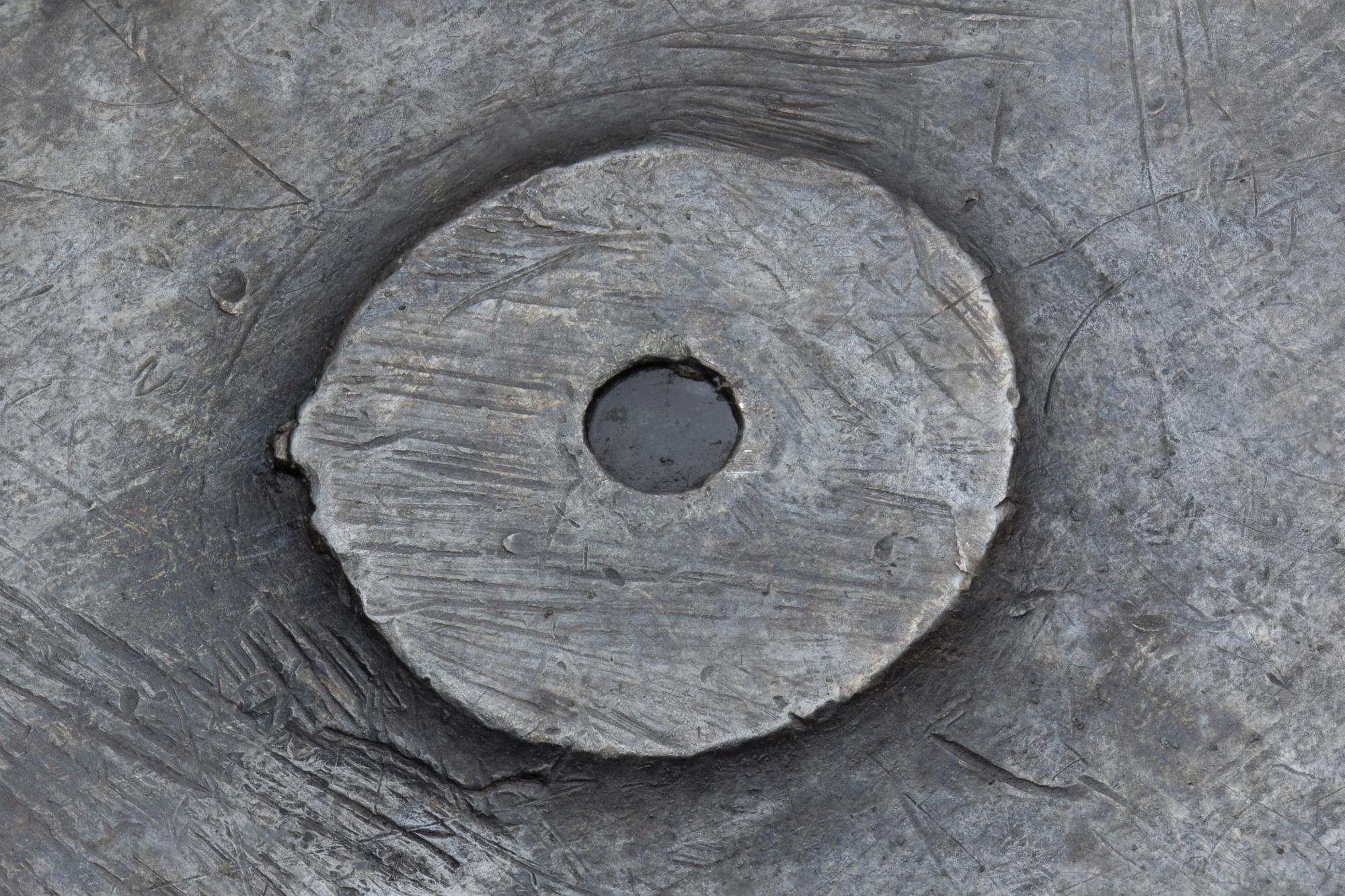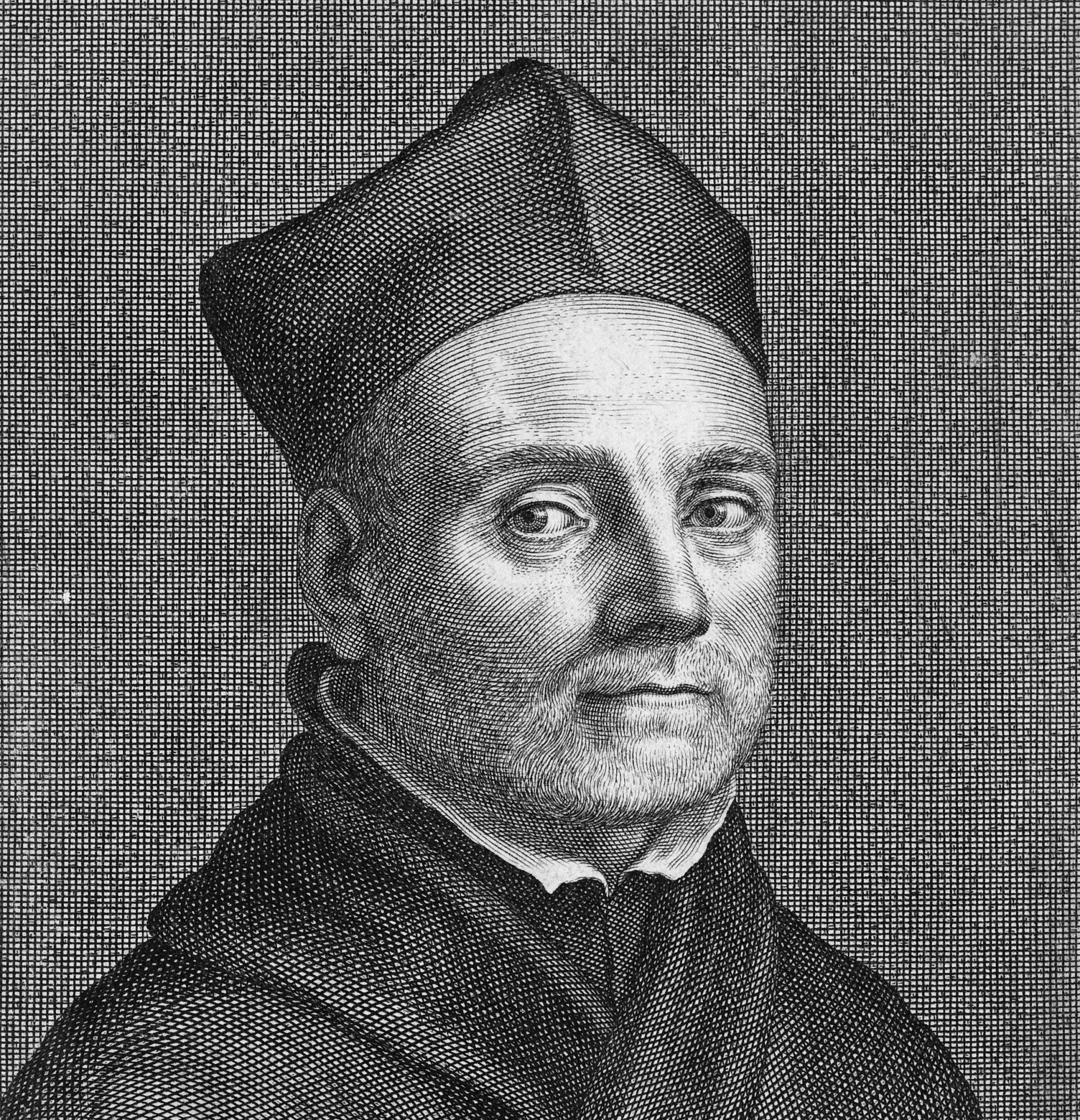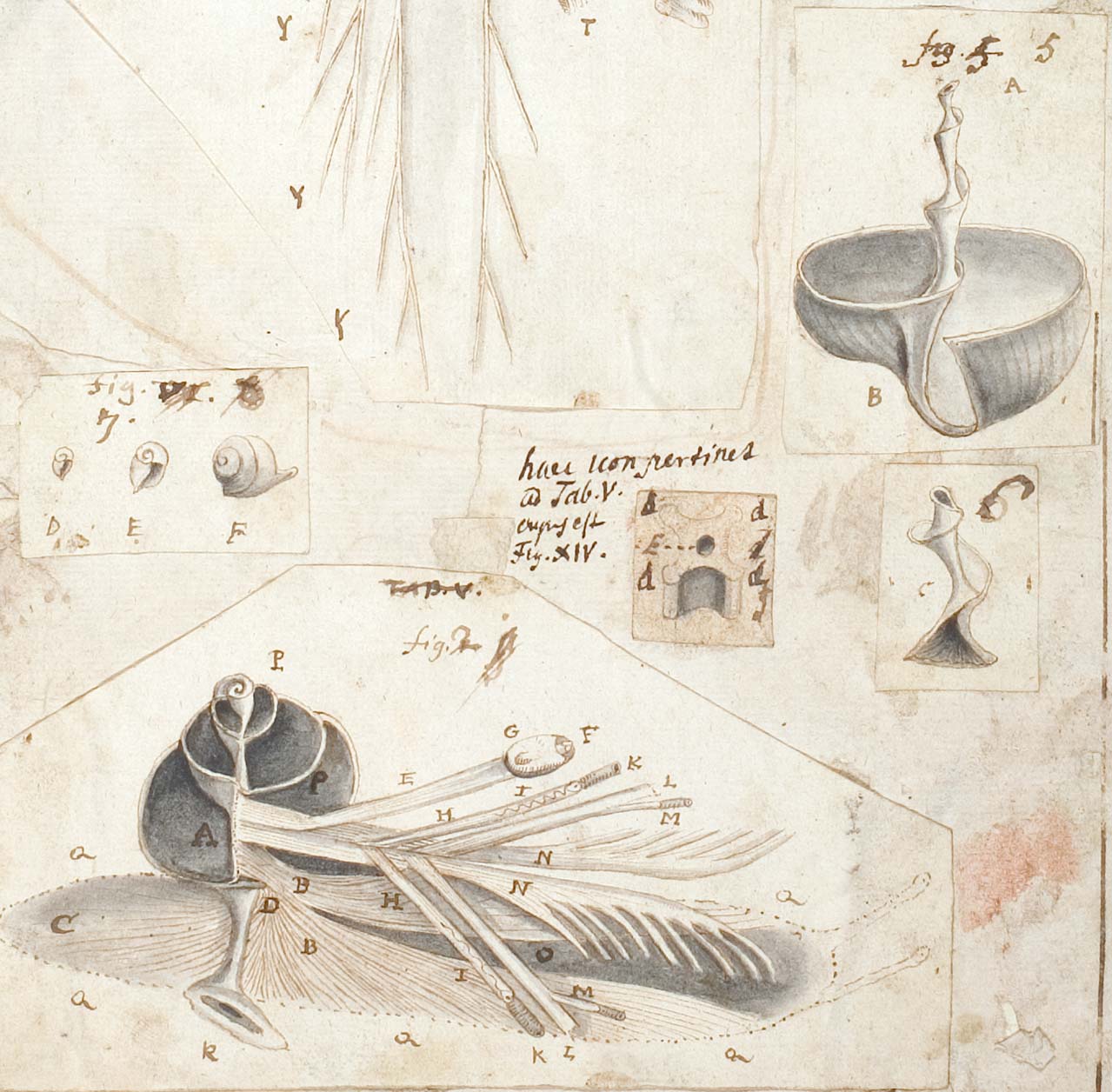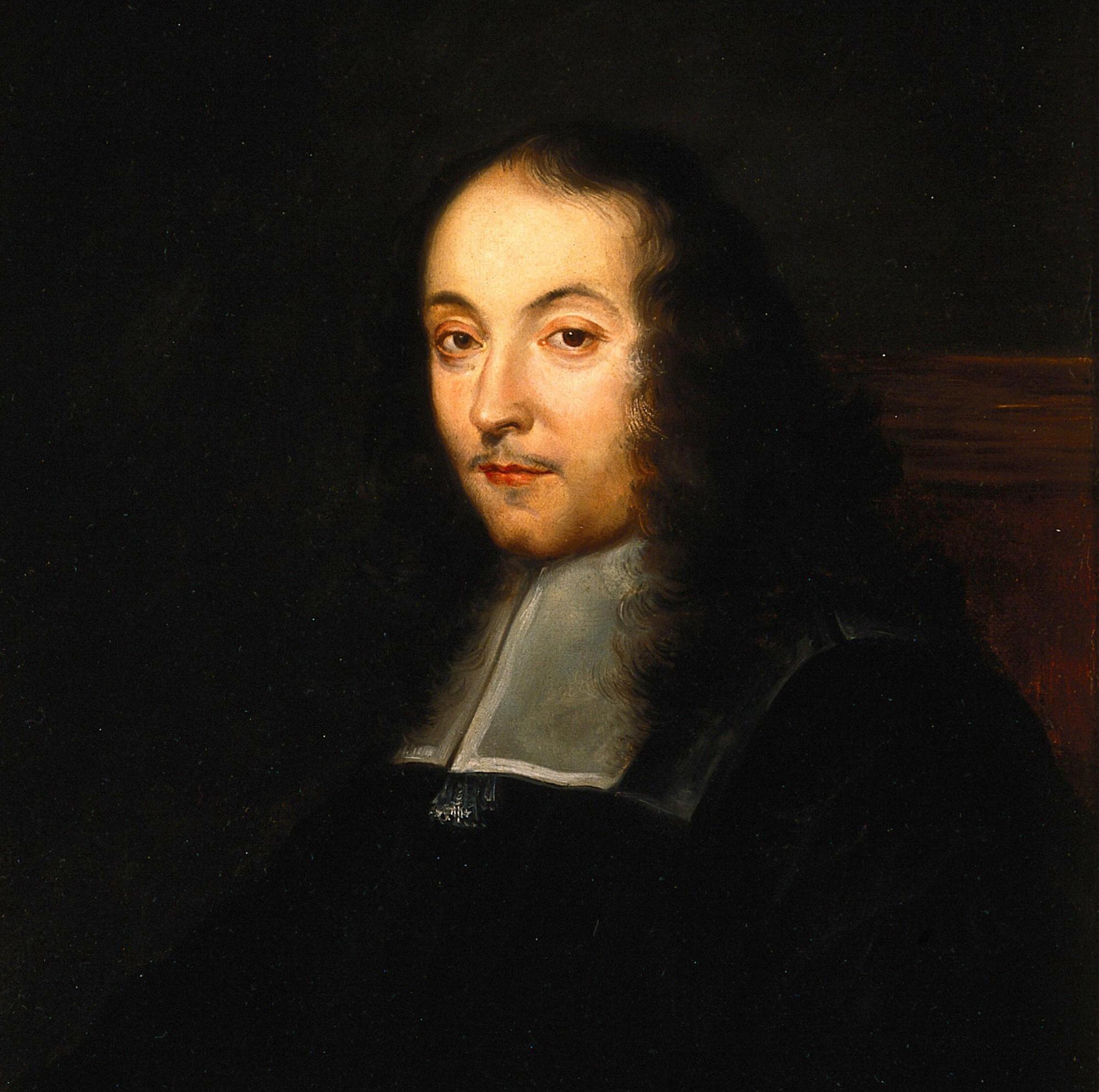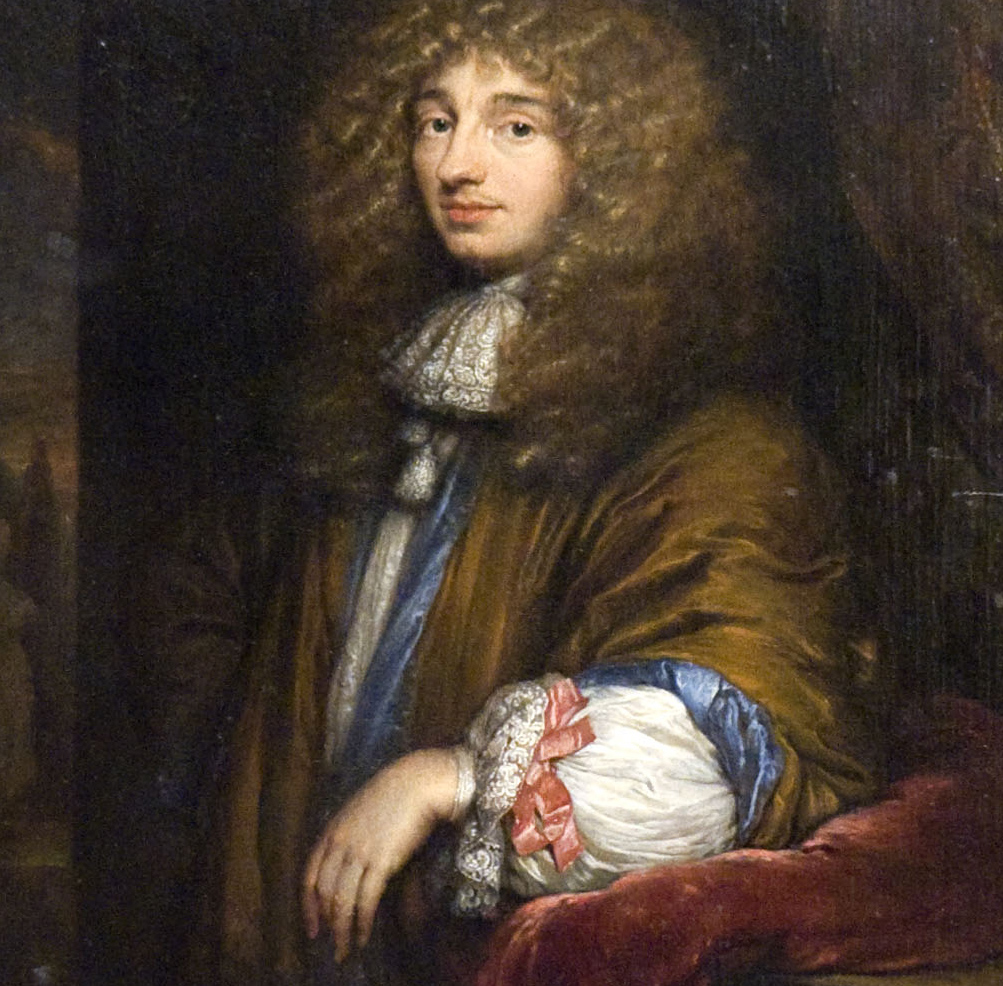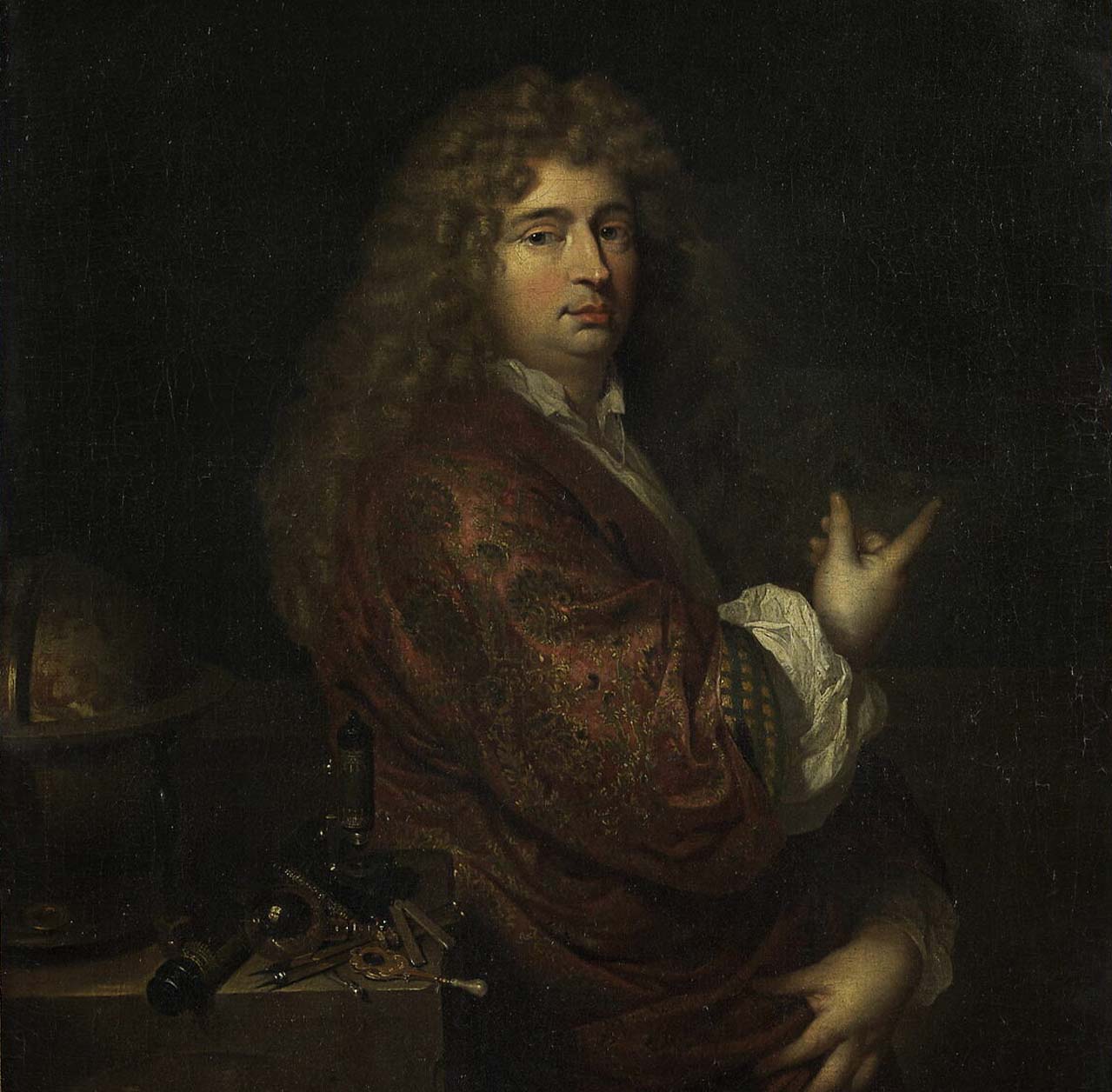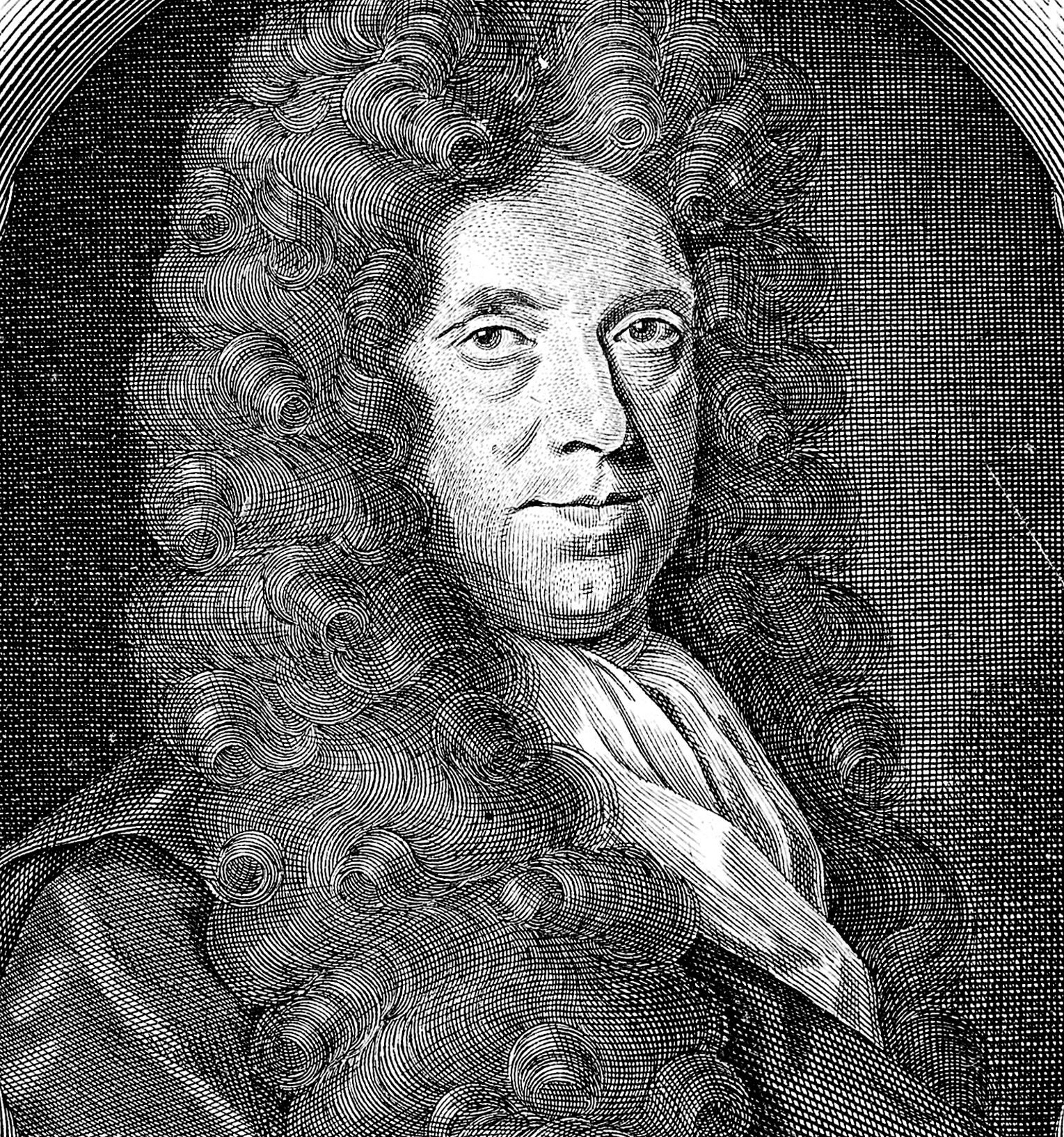This project critically examines the emerging study of the micro-world in the seventeenth century, with a focus on the manner in which images were created and came to be used. In most accounts of the rise of modern science, the microscope is considered the twin-instrument of the telescope. With the latter, Galileo discovered the satellites of Jupiter in 1609, and Christiaan Huygens the ring of Saturn in 1656.
With the former, the microscope, luminaries as Robert Hooke, Marcello Malpighi, Johannes Swammerdam and Antoni van Leeuwenhoek would fundamentally change human understanding of the micro-world. Observations of the microcosmos – insects, bodily fluids and bacteria –, as for example in Hooke’s stunning Micrographia (1665), seemingly mirrored the spectacular celestial discoveries.
However, we challenge the traditional parallel narratives on the rise of microscopy and astronomy. We wonder what actually counted as a microscope, could magnifying glasses also count? What were fundamental differences between the microscope, magnifying glasses and single-lens microscopes? And when considering the latter – as used by Swammerdam and Leeuwenhoek _ , what are the visual strategies used and how do they change throughout the sixteenth and seventeenth centuries? How important was the scale of magnification?
Besides the nature of the instrument itself, the objects of study differed fundamentally from celestial bodies. The latter could only be seen from a great distance. Insects on the other hand, had to be caught, cut or dissected, and manipulated, under different lighting conditions. The moon, sun and planets had been depicted since antiquity. So were all kinds of animals. But a visual idiom for understanding and representing the new micro-world had to start from scratch. Visualizing the Unknown explores these issues.
